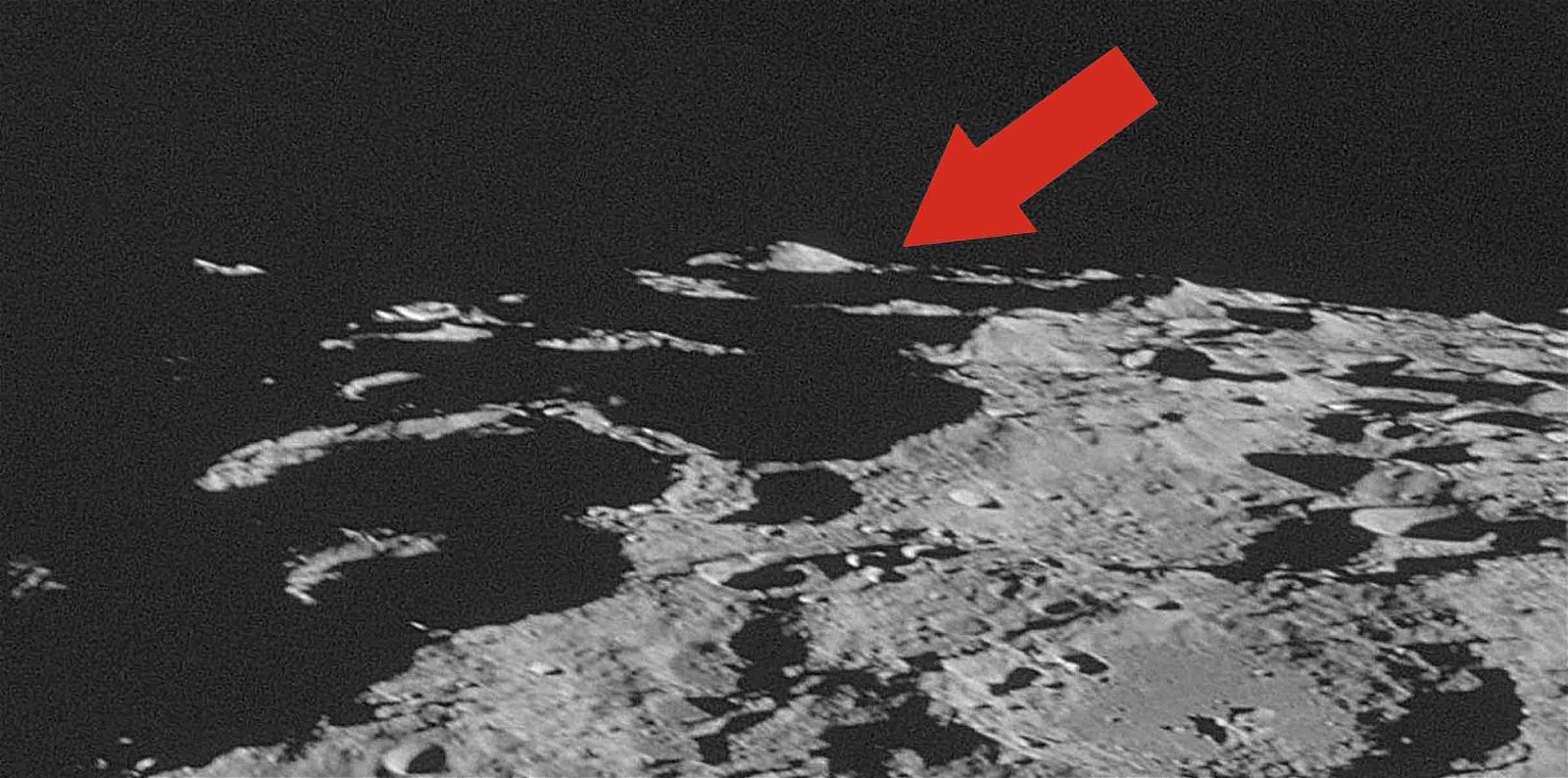NASA has announced new plans for an experiment on the Moon that could fundamentally change the future of lunar exploration, the agency said this week.
The experiment, set to be delivered in mid-February aboard the second Commercial Lunar Payload Services (CLPS) delivery, will involve a demonstration of autonomous navigation and could lead to significant improvements in the way humans, robotic explorers, and spacecraft can track their location during lunar exploration.
Dubbed the Lunar Node-1 (LN-1) experiment, the technology demonstration will feature a radio beacon that is designed to support extremely accurate navigation and geolocation capabilities. The device will allow future observations that will assist astronauts, spacecraft, and surface infrastructure in confirmation of their positions on the Moon relative to other objects.
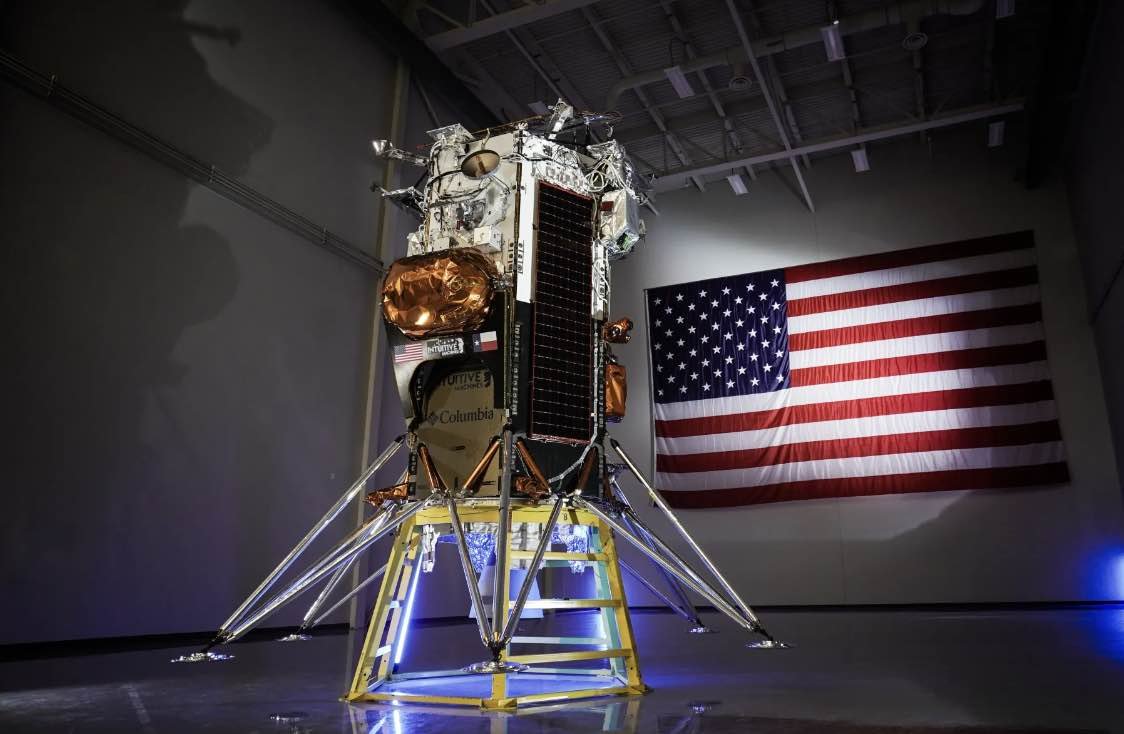

The space agency reported this week that these radio devices will also allow spacecraft to perform complex orbital maneuvers, in addition to ensuring safe landings of both crewed and autonomous craft sent to the lunar surface.
Navigation systems engineer Evan Anzalone, who is the principal investigator in charge of the LN-1 experiment, likened the technology to a network of “lunar lighthouses,” which he says will offer “sustainable, localized navigation assets that enable lunar craft and ground crews to quickly and accurately confirm their position instead of relying on Earth.”
NASA envisions this new technology as being part of a much larger navigational system that will be supported by satellites operating in orbit around the Moon. The spacecraft will comprise what the space agency calls its Lunar Communications Relay and Navigation Systems project.
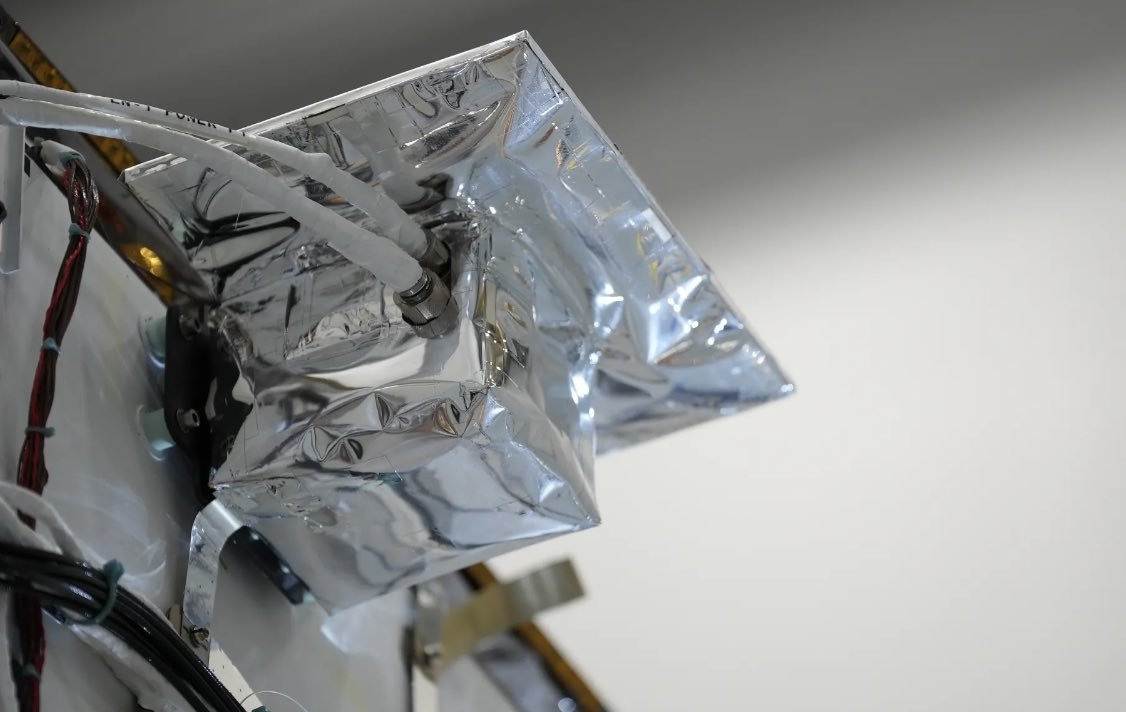

The technology will eventually use reference signals generated by beacons on the lunar surface and in orbit to provide navigational aid, offering a vast improvement over current navigational methods that rely primarily on NASA’s Deep Space Network (DSN).
While the DSN has proven to be a reliable system for navigation beyond Earth for many years, it does have limitations. Chief among these is that it relies mainly on point-to-point communication, which requires information to be sent back to Earth to be processed, and then delivered back to spacecraft.
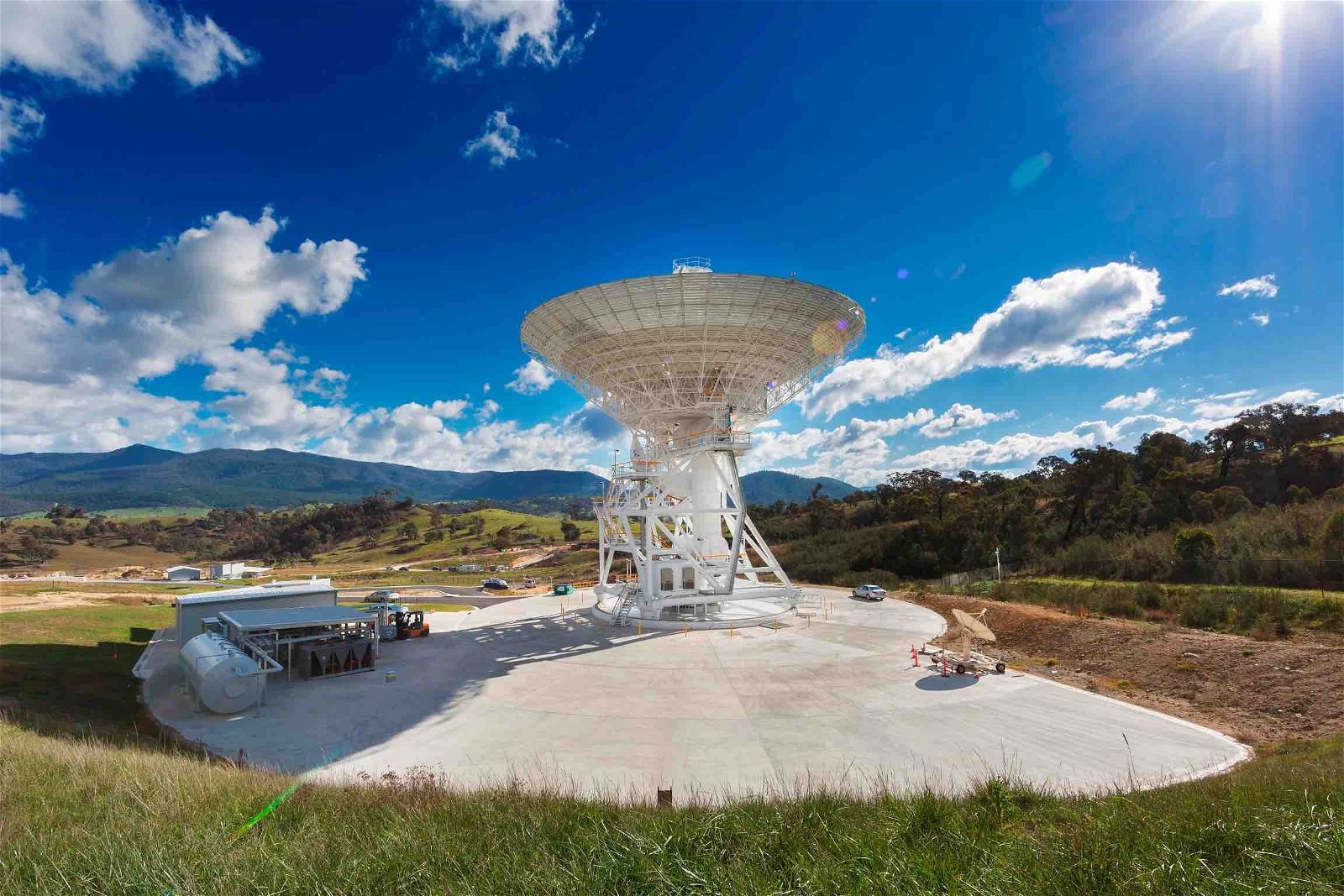

Anzalone compares this to a sailing vessel having to wait to receive information from the port it sailed from, even as it is nearing its destination.
“Imagine getting verification from a lighthouse on the shore you’re approaching, rather than waiting on word from the home port you left days earlier,” Anzalone said.
The experiment will involve a CubeSat-sized device and is one of six payloads that NASA will send to the lunar surface later this month aboard a SpaceX Falcon 9 that will launch from Cape Canaveral, Florida. On its way to the Moon, the payload will send daily transmissions back to mission control.
Once it arrives, the Nova-C lander will touch down close to Malapert A, a lunar impact crater near the lunar south pole. At that time, a complete array of tests will be undertaken before continuous operation begins within the spacecraft’s first 24 hours on the Moon.
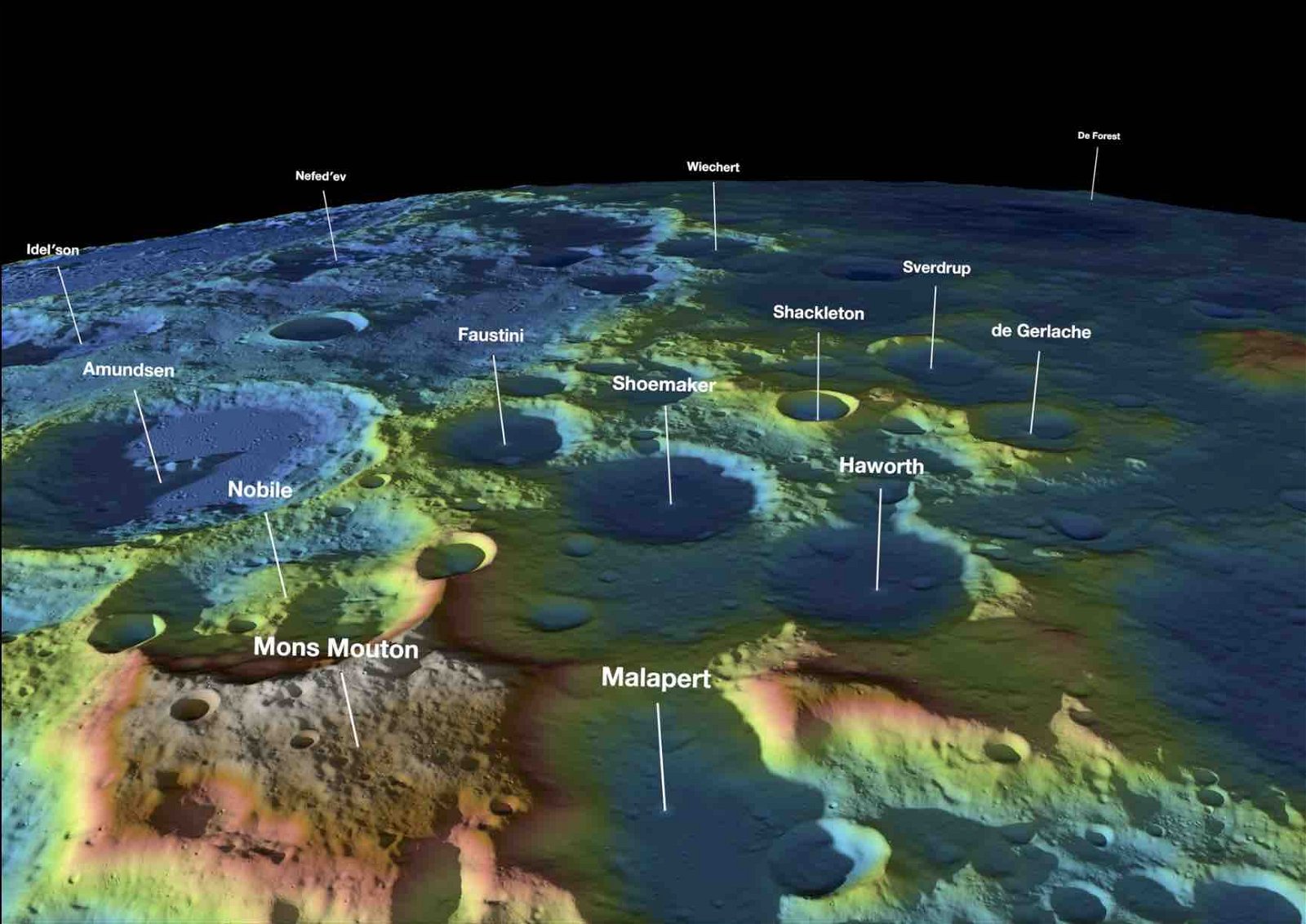

Over the course of the following ten days, LN-1’s transmissions will be monitored via the DSN by researchers at Morehead State University in Kentucky and at NASA’s Jet Propulsion Laboratory.
Based on these initial tests, Anzalone believes the technology will eventually evolve into a system more like a subway system than a single lighthouse, where a variety of spacecraft, surface vehicles, and other mission assets—including astronauts—will all be able to navigate more safely and effectively on the lunar surface.
“LN-1 could connect them all and help them navigate more accurately, creating a reliable, more autonomous lunar network,” Anzalone said in a statement released this week. Currently, future applications for the technology are already in the works, which may be utilized by NASA during forthcoming missions to Mars, as well as by the space agency’s international partners.
Micah Hanks is the Editor-in-Chief and Co-Founder of The Debrief. He can be reached by email at micah@thedebrief.org. Follow his work at micahhanks.com and on X: @MicahHanks.
